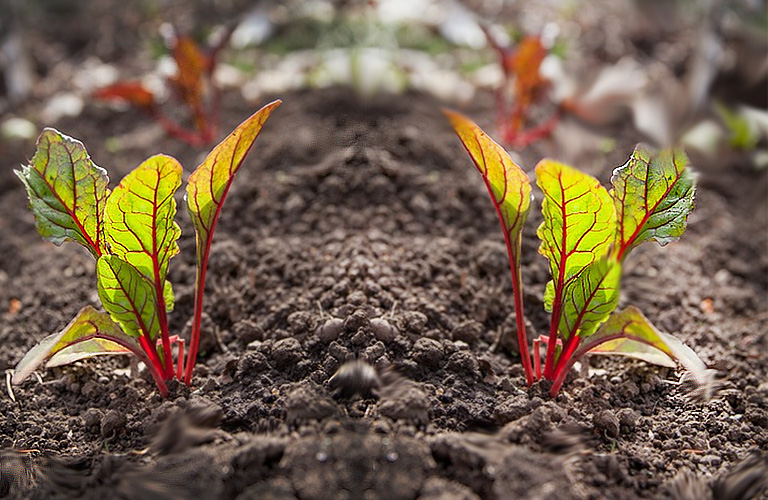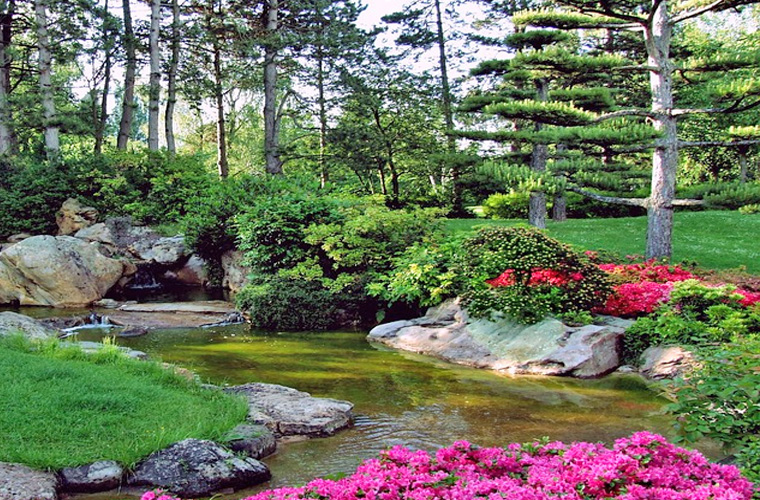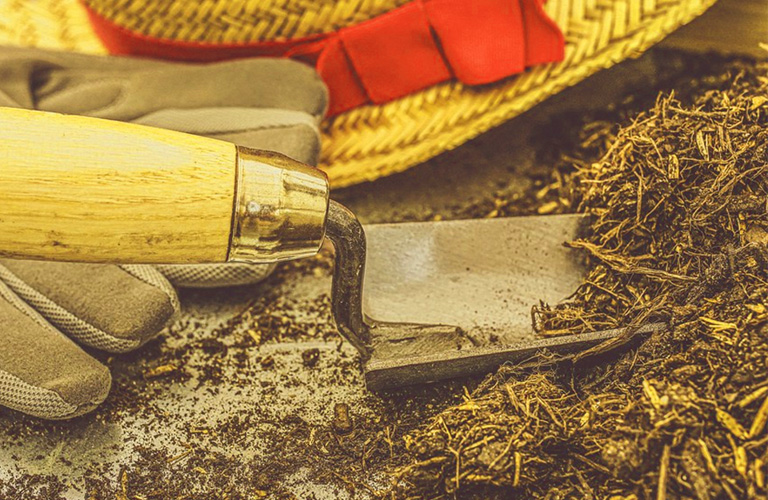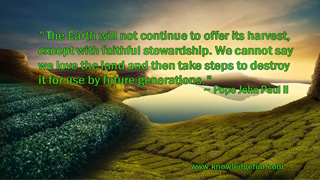At the end of His life on earth, after the crucifixion, we are told that Nicodemus brought a mixture of myrrh and aloes, "about an hundred pound weight", which they placed in the linen shroud, "as the manner of the Jews is to bury."
Throughout the Bible, including the 37th chapter of Genesis and the 18th of Revelations, those two exotic spices — frankincense and myrrh — are mentioned again and again. When Jehovah spake unto Moses on Mount Sinai, specifying how the tabernacle, the ark and the altar must be built, He also commanded that the holy ointment should contain prescribed quantities of pure myrrh and three other spices mixed with olive oil; further, the sacred perfume or incense should contain equal quantities of pure frankincense and three "sweet spices".
These and other ordinances in the Mosaic Law (or Law of Moses) were probably influenced by customs and observances in Egypt where the Children of Israel had lived for 430 years and Moses had grown up as a prince in Pharaoh's court. For thousands of years, spices had been brought to Egypt by camel caravans from India, Arabia and eastern Africa. From them, by secret formulas, the priests prepared several perfumes and ointments for religious rites and domestic use. At the feast of Isis the burnt offering was an ox, its body filled with frankincense and myrrh. When embalming their dead, the body was filled with myrrh, cassia and other fragrant materials, dried, wrapped in fine linen, and placed in a painted wooden case.
Frankincense is a fragrant gum resin obtained from three or more of five species of trees — the Boswellias — that grow in Ethiopia and Somalia in Africa, southern Arabia, India and the East Indies. Usually of small or medium size, they are related to the terebinth or turpentine tree and their compound leaves, with 7 to 9 glossy leaflets, are similar to those of a mountain ash.
The gum, obtained by making deep gashes in the trunk and branches, and peeling back a few inches of bark below each cut, oozes in large white or amber "tears". After 3 or 4 months exposure they become hard and brittle, and are collected. During handling and shipping they become covered with white dust from rubbing against one another.
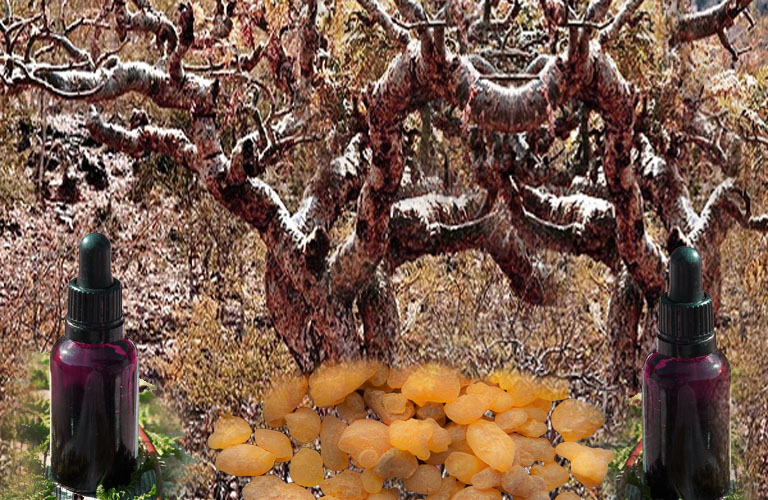
They ignite readily, burn with a clear white flame, and give off a fragrant balsam-like odor because, in addition to resin and gum, they contain a volatile inflammable oil. The incense burned in a censer or thurible during rituals of Roman and Greek Catholic churches is a mixture of frankincense imported from India, Egypt and Somalia.
Myrrh, also a fragrant gum resin, is obtained by similar methods from two species of shrubs or small trees that grow on rocky places in Ethiopia, Somalia and and Arabia. Their bark and wood have a strong fragrance. The gum, as it oozes from the stems and branches naturally or from the incisions made, is at first a soft sticky, somewhat oily, white or yellowish brown resin very bitter to the taste. It soon hardens into reddish-brown beads.



